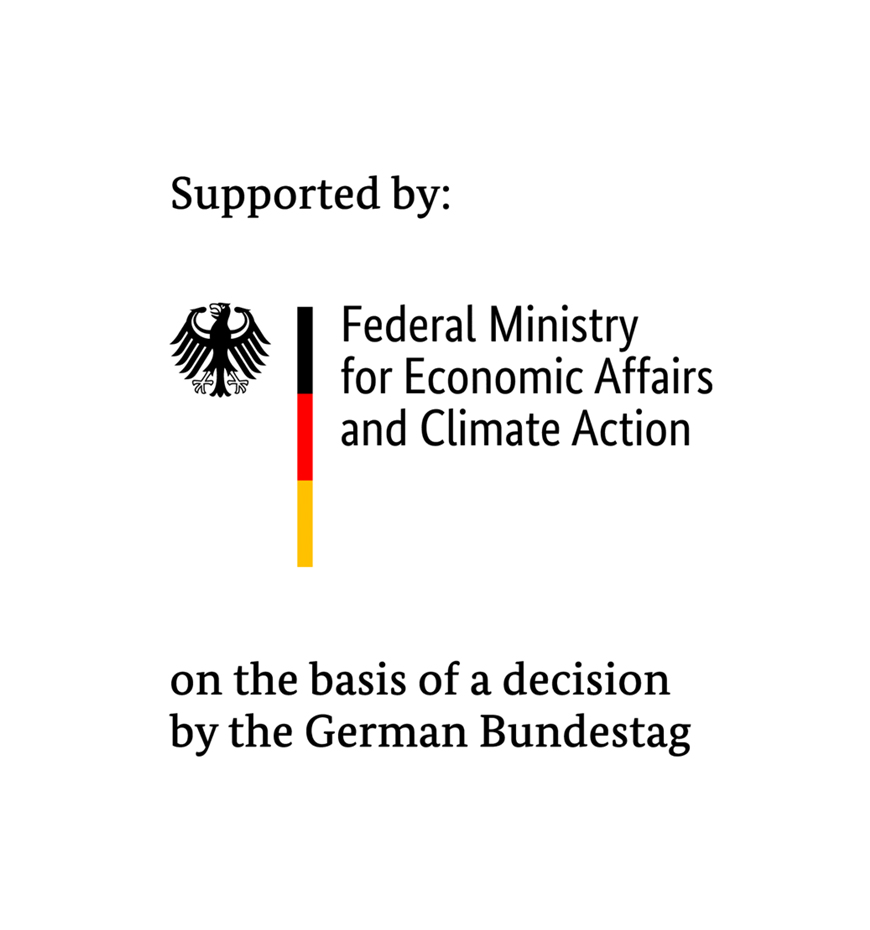Virtual Blade Bearings for Wind Turbines
| Funding: | German Federal Ministry for Economic Affairs and Climate Action (BMWK) |
| Total funding: | EUR 1,532,737.05 |
| Partners: | Fraunhofer IWES (project coordination), GE Renewable Energy |
| Term: | 07/2022 – 12/2025 |
- Large rolling bearings for wind turbines are increasing in size along with the ever more powerful turbines. However, the existing calculation methods and models are not standardized and sometimes insufficient for these greater dimensions.
- Consequently, the bearings are not optimally designed for the large loads, and expensive damage can result.
- In the ViBes4Wind project, the project partners are building on earlier research work conducted at Fraunhofer IWES to develop a method for the creation of digital twins of large rolling bearings to improve their condition monitoring and reliability.
- The method will be evaluated and validated in real scale tests and in the field application.
Large rotor blade bearings in wind turbines are not only highly complex but also safety-critical components. They allow for controlling the turbine and are exposed to massive loads, as they transmit the forces of the wind to the whole turbine. In addition, large rolling bearings are also used as tower head bearings. Damage results in high downtime costs.
As turbines continue to increase in size, so do the bearing diameters, with some now reaching six meters and more. The existing calculation methods and models are not standardized and sometimes insufficient for these greater dimensions, increased demands with regard to the tolerance of the highest loads, and the longer required lifespan. Fraunhofer IWES has already investigated various aspects of large rolling bearings in several research projects and amassed a significant set of measurements and results from numerous tests.
The ViBes4Wind project aims to utilize this existing data set in a consolidated way to render existing simulation models more realistic and develop test methods further. The intended result is the development of a method for the creation of a digital twin of a large rolling bearing. The project partners, Fraunhofer IWES and GE Renewable Energy, aim at improving the condition monitoring and reliability of the bearings. In the course of the project, the developed method will be evaluated and validated on a real scale rotorblade bearing both in a test environment and in a GE Renewable Energy wind turbine.
As the project coordinator, Fraunhofer IWES is responsible among other duties for the development and validation of the new methods based on comprehensive data for the digital twin. The tests will employ the test infrastructure developed in the funded projects HAPT and iBAC. In addition to the BEAT6.1 dynamic test bench for testing of the rotor blade bearings in their original size under realistic conditions, the BEAT1.1 bench will also be used for scaled bearings up to 0.7 m.
